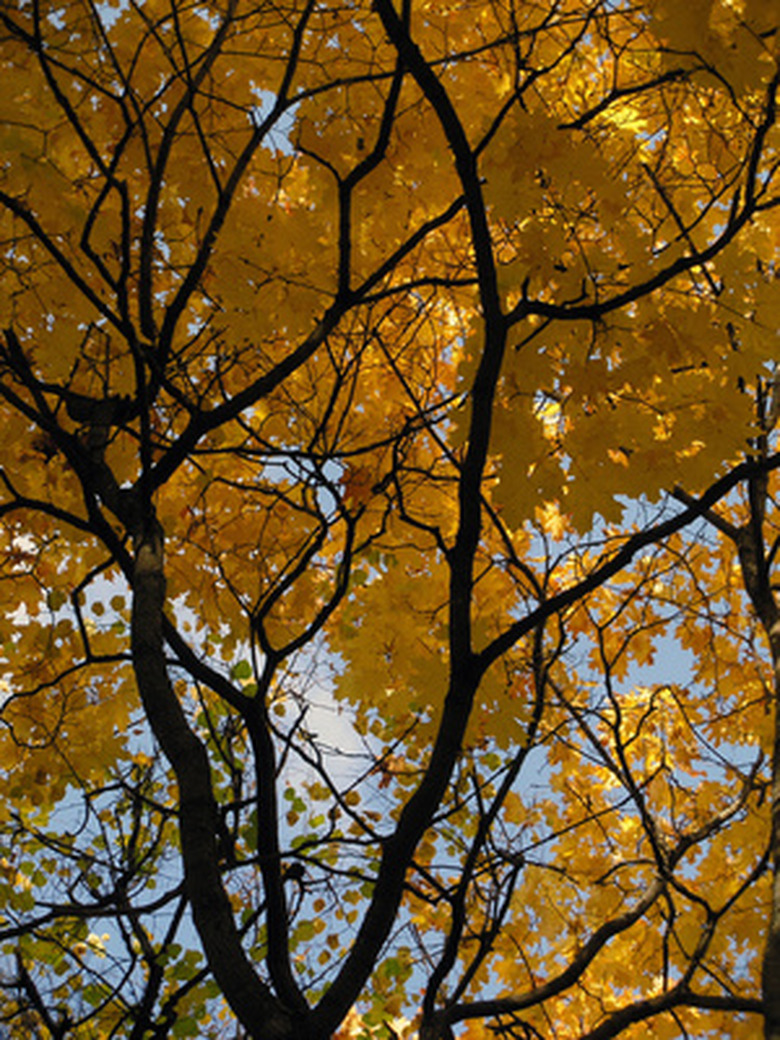Maple Trees In Pennsylvania
When most people think of maples trees, their thoughts are probably immediately drawn to warm maple syrup dripping over a stack of fluffy pancakes. The maple syrup adored by so many comes from the sugar maple, one of the many common maples found in Pennsylvania. The Keystone State, found in the Mid-Atlantic part of the country, is home to a variety of maple trees, each with its own unique characteristics.
Sugar Maples
Sugar maples are the most recognizable of all the maples. They are commonly harvested for their hard wood to make furniture and flooring, and their sap is what makes maple syrup. Sugar maples grow to about 60 to 80 feet high. Their leaves have five lobes and a few teeth.
- When most people think of maples trees, their thoughts are probably immediately drawn to warm maple syrup dripping over a stack of fluffy pancakes.
- The Keystone State, found in the Mid-Atlantic part of the country, is home to a variety of maple trees, each with its own unique characteristics.
Red Maples
Red maples grow throughout the Keystone State and typically reach about 50 feet high. They have leaves with three to five shallow lobes, and have many teeth on each leaf. The wood of the red maple is much softer than the sugar maple.
Silver Maples
Silver maples are usually found along streams and rivers in Pennsylvania and reach about 60 feet in height. Leaves of the silver maple also have five lobes, but there are deep spaces between each lobe.
Striped Maples
The striped maple is the shorty of the group, only growing between 10 and 25 feet tall. Its leaves have three lobes, with a rounded bottom and very muted teeth. These trees are commonly found in the mountainous parts of in Pennsylvania in predominantly cool and shady areas.
- Red maples grow throughout the Keystone State and typically reach about 50 feet high.
- Leaves of the silver maple also have five lobes, but there are deep spaces between each lobe.
Norway Maples
The Norway maple is mostly found along city streets and in parks. It's a non-native species to Pennsylvania, having been imported to the United States from northern Europe. Its leaves have five lobes with coarse teeth. It can be invasive if its seeds reach any disturbed soil. It grows to about 50 feet high.
